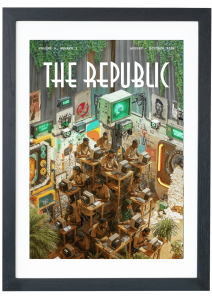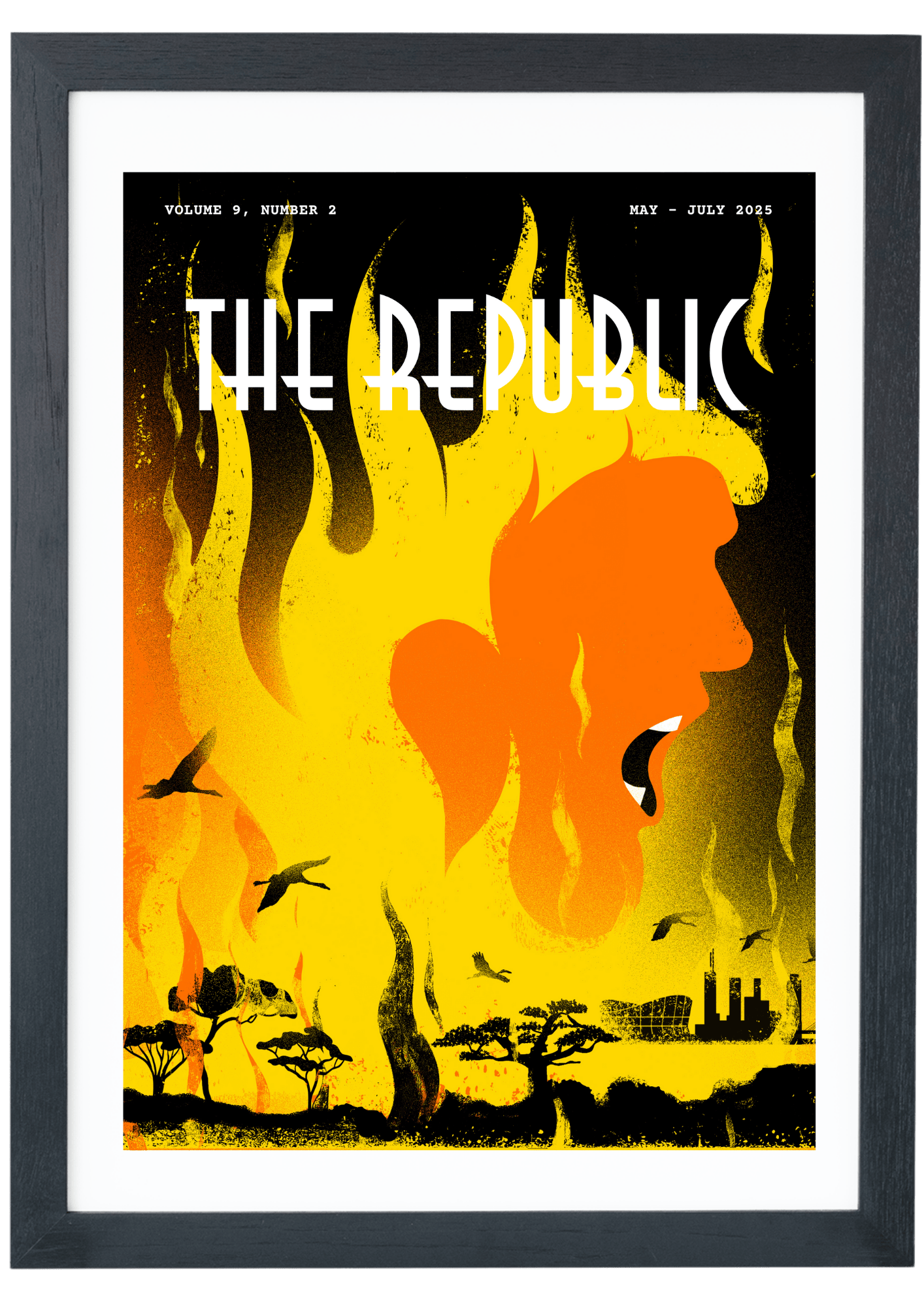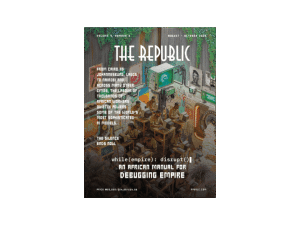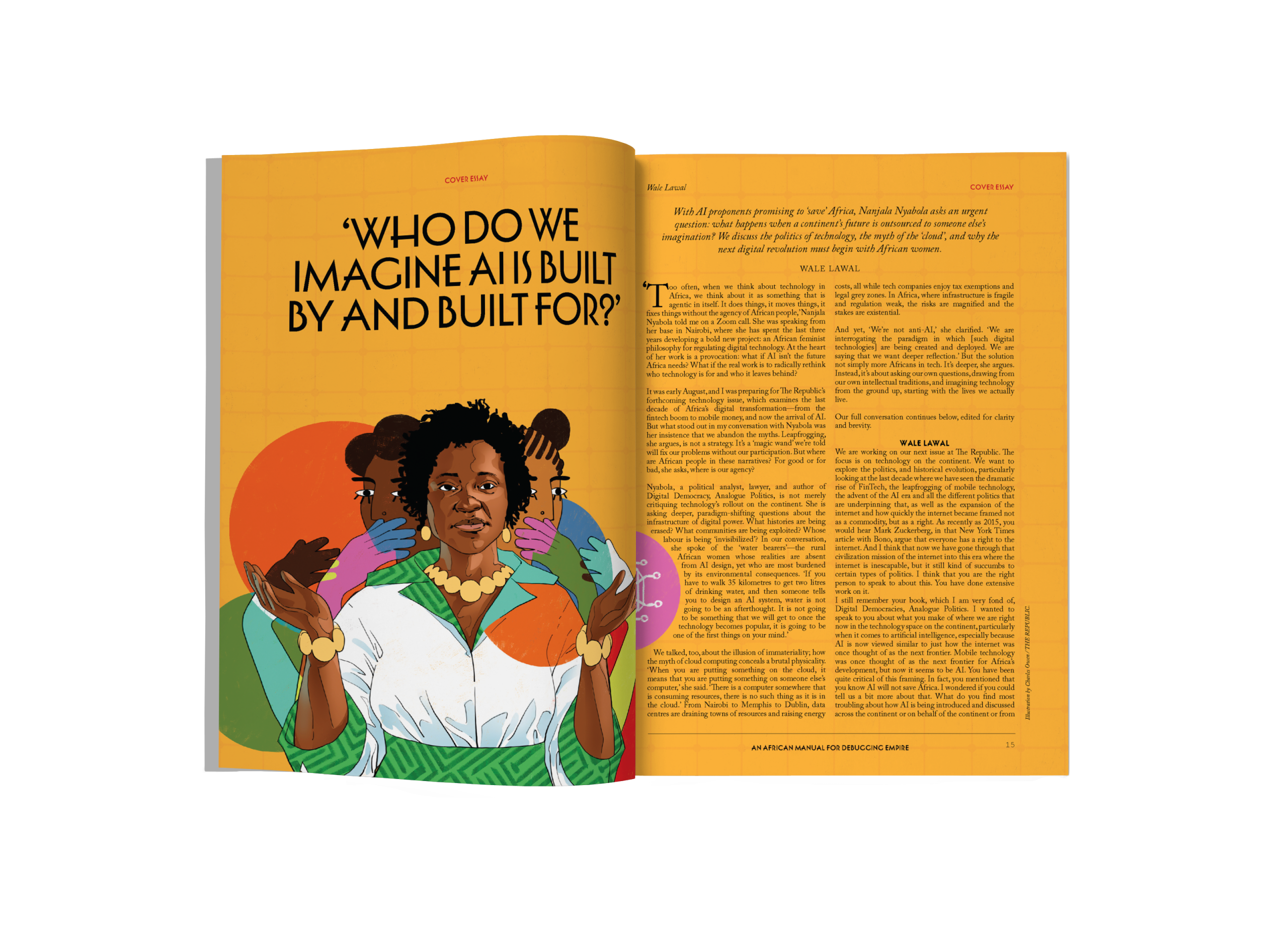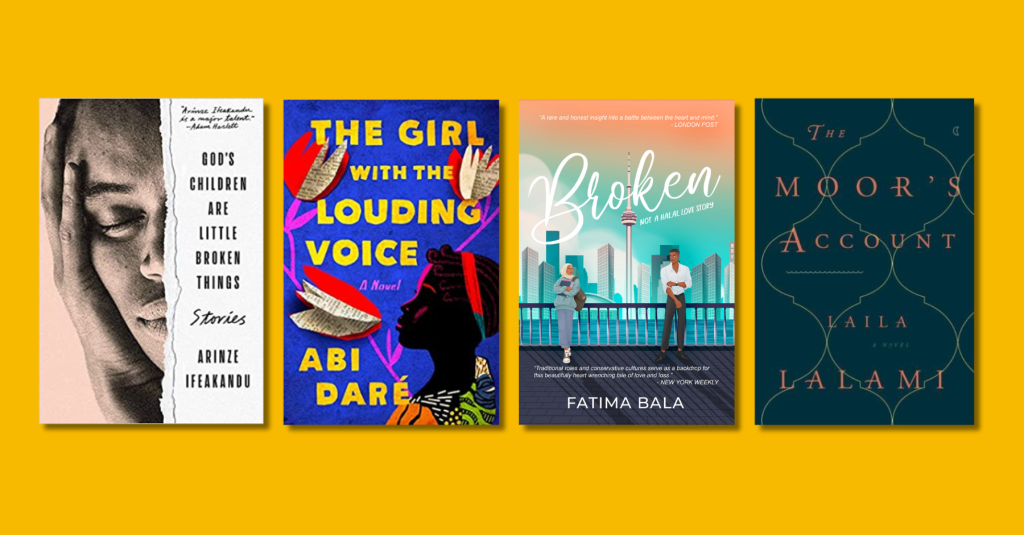
Photo Collage from Original Book Covers by Ijapa O / THE REPUBLIC.
the REPUBLIC INTERVIEWS / FIRST DRAFT
10 African Writers on How They Actually Wrote Their Books

Photo Collage from Original Book Covers by Ijapa O / THE REPUBLIC.
the REPUBLIC INTERVIEWS / FIRST DRAFT
10 African Writers on How They Actually Wrote Their Books
Writing a book is a lot of work. It is a protracted project that requires a lot of commitment and passion. But even the light of passion can quickly flicker out in the absence of a suitable process.
That’s why in our First Draft column at The Republic, we ask African writers—including Abi Daré, Tomilola Coco Adeyemo, Fatima Bala and Arinze Ifeakandu—to share the writing processes that helped them finish their books. This way, we have discovered that there is no one way to write: different writers have different approaches to writing. From the Nigerian author who spent months outlining her story idea to the Ghanaian author who needed to be on the move to keep the story going, these writers prove that the best writing process is the one that works for you.
Here are ten African writers and their writing processes:
TOMILOLA COCO ADEYEMO
At the risk of sounding pretentious, there wasn’t a single process [for writing A Very Gidi Christmas]. During the writing, I was working as a head writer and story editor for an eight-episode young adult show with an insanely tight deadline, while simultaneously working on social marketing content for an upcoming Netflix title for an agency I work for. So, on some days, I had the luxury to structure. On other days, I wrote either on my phone or laptop, depending on which device was closest. However, I often had music (mainly old R&B and Hip-hop, sometimes old Afropop/Afrobeats), copious amounts of coffee and soundtracks to old Nollywood romance movies (because of the novel’s nod to old Nollywood classics) to set the mood. And I had a deck that roughly visualized my plot points. Read Adeyemo’s full interview here.
LOLA AKINMADE ÅKERSTRÖM
Once the idea for In Every Mirror She’s Black came to me, I spent four to five months crafting the characters and outlining their lives first before writing the book itself. The core writing took about four months, so roughly nine months in total for the dirty first draft.
Before I write a novel, I spend time creating fully realized three dimensional characters—whether they are the main protagonists or side characters—so they feel like people I know deeply. So, when I start writing their stories, the characters lead me where they want to go on the page. Read Åkerström’s full interview here.
FATIMA BALA
[In writing Broken] the conflict came to me first because it all started from a ‘what if’ scenario, and then I started thinking of what kind of characters would really amplify the tension that I was aiming for. I was writing anonymously on Wattpad at the time, so I had a structure in mind for every single chapter, I also had a beat sheet to hit all the notes needed for the romance genre because that was my first time writing romance, and I worked with my outline. A few changes happened as I wrote but the end product ended up being very close to what I originally set out to write. Read Bala’s full interview here.
MAAME BLUE
I had the idea for The Rest of You just before COVID-19 was in full swing, in January 2020, and the next four years were spent reshaping and rewriting the manuscript at home until it started making sense to me. It was a labour of love, though it was difficult at times. I was not on the move like I was with Bad Love, and I discovered that I needed a change of scenery when writing new scenes, or real time away from the page, doing other creative things, in order to get the words out when I returned. Read Blue’s full interview here.
shop the republic
ABI DARÉ
Writing The Girl with the Louding Voice was immersive and deeply personal. It began with a burst of inspiration and intensive research into issues of child labour and education in Nigeria. Adunni’s voice was a guiding force, urging me to write in long stretches, revisiting scenes over and over until her spirit felt fully realized. I spent months refining her journey, driven by a desire to honour her resilience and ensure her story radiated strength in every chapter. Read Daré’s full interview here.
ARINZE IFEAKANDU
What happens when you begin to write a collection of stories as an undergrad but don’t send it out to an agent or editor until you feel reasonably ready, even though there were a few requests after the Caine Prize? (This finally happened after I graduated university and began postgraduate studies.) What happens is, you outgrow a whole bunch of initial stories. You become more adept stylistically, and your perspective becomes even more complex, weighted with the awareness of accumulating years. And so, I found myself re-writing a good number of those stories entirely, keeping the central conflicts that had propelled them but revamping them structurally and emotionally. Also, I would write one story and then have a couple or more fallow months in which nothing happened, just my imagination and me battling over what the next story would be. Read Ifeakandu’s full interview here.
LAILA LALAMI
Writing The Moor’s Account was a journey of discovery. I didn’t know much about the Spanish conquest of the Americas and felt ill-equipped to take on a historical epic, but I really couldn’t resist the story of Mustafa al-Zamori, who was nicknamed Estebanico. He was an enslaved man from Azemmour, on the northwest tip of Africa. In the early sixteenth century, he somehow found himself swept up in an expedition bound for Florida. I was intrigued by the fact that al-Zamori was neither a white conqueror nor an indigenous man, but rather an observer to their sudden and violent encounter. I was also intrigued by the fact that he left relatively little trace in the historical record compared with the other survivors. So, I took a took leap of faith, so to speak, and imagined what his account of the expedition might be. The novel took about five years to complete. Read Lalami’s full interview here.
WAYÉTU MOORE
[To write She Would Be King], I immersed myself in Liberia’s history by speaking with the oldest Liberians in my family and other Liberian elders to create something that felt honest. I did a lot of research on the history of the American Colonization Society, rebellions in the colonial era and pre-colonial West Africa. I tried to balance research with imagination. My process was to trust the story; however, it wanted to open itself to me. Read Moore’s full interview here.
MŨKOMA WA NGŨGĨ
I think of [Nairobi Heat] as a found book. The bare bones of the plot are real life. I had come back home late one night, I lived on the third floor, and there was a white woman in a cheerleader outfit passed out by the stairs. I did not know her, so I called an ambulance, but a cop showed up first. The cop was Black. At some point, I found myself looking at the ‘scene’: an African, an African American and a passed-out white woman on the stairs. So, in the novel, the Black cop is investigating the murder of a white woman, and the main suspect is an African. From those bare bones, the plot becomes an adventure. This is where I have to say I am in love with my imagination. It was fun to flesh that out. Read Ngũgĩ’s full interview here.
MUSIH TEDJI XAVIERE
My process for writing These Letters End in Tears was not structured at all; I wrote whenever the story demanded to be told. I did not start with a strict outline; instead, I let the characters lead me, discovering their voices as I wrote. Some days, the words flowed effortlessly, and other days, I struggled to get a sentence down. But through it all, I knew this was a story I had to tell. I did not rush it. I allowed myself to sit with the emotions, to fully explore the love, the heartbreak, and the hope. Read Xaviere’s full interview here⎈
shop the republic
BUY THE MAGAZINE AND/OR THE COVER
-
‘The Empire Hacks Back’ by Olalekan Jeyifous by Olalekan Jeyifous
₦70,000.00 – ₦75,000.00Price range: ₦70,000.00 through ₦75,000.00 This product has multiple variants. The options may be chosen on the product page -
The Republic V9, N3 An African Manual for Debugging Empire
₦40,000.00
US$49.99




